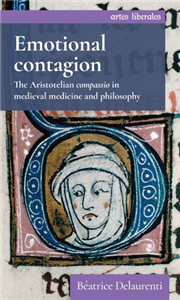Cataplum Libros
Good books are like meek animals that stretch when we caress their backs, and that show us their bellies so we go and play with them; but they also do not hesitate to give us a good bite to free us from the claws of routine. To create these noble creatures, in Cataplum we dig like moles through the collective memory and explore the roots that connect us as Latin-Americans; thus, we recover our oral tradition, our playful language and its diverse and endless possibilities. As truffle-seeking pigs, we have developed an acute nose to find texts of authors from past and actual times. As rabbits we jump here and there tracking down illustrators with new proposals. And as eagles we strive to see, from a distance, how image and texts can coexist in harmony. In sum, our catalogue has been conceived as a living creature; one that begun as something very little, like bear cubs, but capable of becoming a fabulous living being; one that combines the best qualities of noble animals and have the power to captivate us.
View Rights Portal































